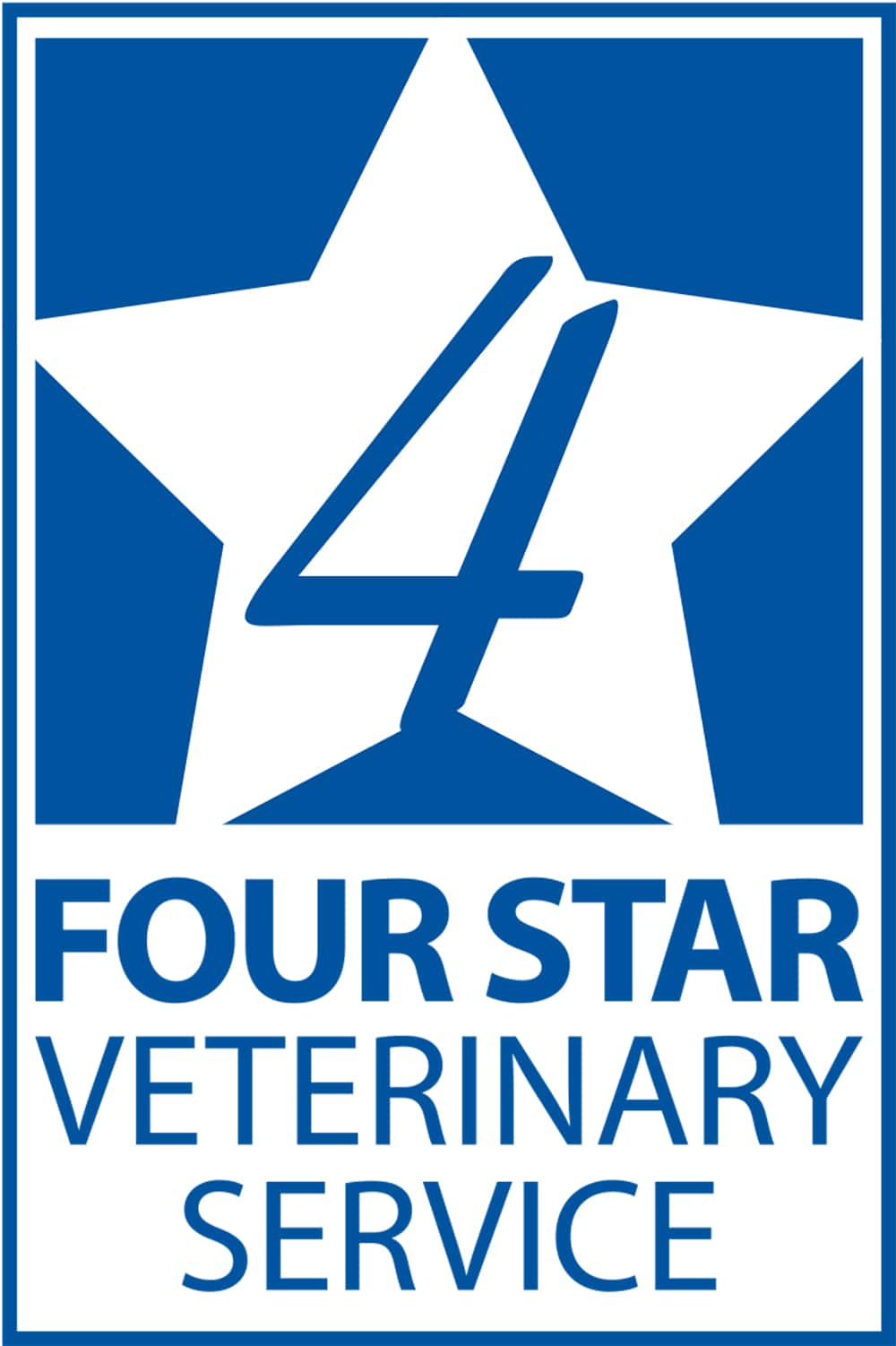
One of the most common questions Daniel Brown, DVM, hears from swine clients is what vaccinations are needed and when should they be given. “That topic seems to come up on almost every farm visit,” he said. Brown works from the Four Star Veterinary Service clinic in Holland, Michigan.
Ultimately, the goal of any vaccination strategy is to help lessen the risk of a disease challenge that will adversely affect pig production.
“The hope with any vaccine is, by exposing the pigs to a bug or even a piece of a bug, that their bodies learn how to deal with the pathogen if they come across it in the barn,” Brown explained. “Sometimes, we are trying to protect the pigs from a bug we know they will see, and other times, we are trying to give them protection from a bug they might see.”
Type of hog operation
Several factors can influence the vaccine strategy a veterinarian develops for a hog farm. The first and most important one is the type and objective of the hog operation.
“In the Four Star group, we work with a range of clients from large commercial producers focused on producing pounds of quality pork to families focused on raising a handful of good-looking pigs for the show ring,” Brown said.
The different objectives of each client’s hog operation are kept in mind when developing and implementing vaccine strategies.
Health history, pig density, logistics
Veterinarians also consider other health challenges the farm has battled and pig density when building a vaccine program. Clients located in pig-dense areas generally have faced more disease challenges than clients in locations such as the upper peninsula of Michigan.
And then there is the issue of logistics on the farm. “Vaccine protocols developed by veterinarians consider how the pigs are going to be vaccinated so it will be followed,” Brown said. “It is imperative that everyone understands and agrees on the strategy to be implemented.”
Common vaccines
One of the most common pathogens requiring a vaccination is porcine circovirus type 2 (PCV2). Brown includes a vaccine strategy for PCV2 on virtually all farms “because it is so widespread and can have a wide range of effects from increased mortality in nurseries to reproductive failure in sows.”
Another set of bugs that are frequently vaccinated for in combination are parvovirus, erysipelas and several types of Leptospira. Often times, this will be seen in breeding animals to help prevent reproductive failures.
Other bugs that are vaccinated against will often be farm specific and may vary on what coverage can be achieved with a single product. For instance, PCV2 vaccines are often combined to include coverage against Mycoplasma hyopneumoniae.
If other vaccines such as erysipelas or influenza are added into breeding and/or market-hog protocols depends on factors such as pig density in the area and how previous groups performed.
“I’ve seen mild flare-ups of erysipelas in finishing stages and have had to add in a dose after weaning,” Brown said. “It’s definitely something that’s still out there and can be seen in groups that come from sows vaccinated against it.”
Many vaccination programs will include protection against influenza. “Flu travels around very easily, and we can often see a new strain develop like we see in humans,” Brown said. “When we vaccinate for the flu, it helps to reduce signs and symptoms. I will often lean heavily on using a flu vaccine in pig-dense areas.”
Show-pig vaccinations
Brown’s vaccination strategy for most show pigs tends to be more proactive than in commercial settings where biosecurity is typically stronger.
“In the show world, it’s a larger challenge to have a robust biosecurity plan, as well as a successful breeding and show operation,” he said. “Quite often, clients will use gilts and boars that were successful on a show circuit to replace their breeding stock.
“At a show, they may go to a barn with 750 pigs that came from 500 different farms,” he added. “In these cases, I start talking about a robust vaccine program that includes all of the vaccines mentioned above (PCV2, Mycoplasma, influenza, erysipelas, parvovirus and Leptospira) plus more, depending on those other factors such as previous herd health.”
Vaccine follow-up
Brown’s goal when setting up a vaccine protocol for any client is to decide what diseases the pigs need to be protected against and what’s the best way to do it. Equally important is following up with the client to see how the strategy worked and if it needs changing.
“Vaccinology” is a huge topic of discussion and for good reason. Vaccines allow for sows to continue producing litters of healthy pigs, for market hogs to continue producing quality pork, and for youth to show their healthy animals in competitions.
“As veterinarians, providing vaccine protocols is just one piece of the puzzle,” he said. “We must also strive to make sure clients understand the importance of following those protocols and why we developed them. If clients know the ‘why’ of protocols, then they will often be more successful in the implementation of the strategies,” he concluded.
“We need to have a conversation on why each vaccine is important and why the timing is important. If you take the time to explain the ‘why’ to clients, then we will often be more successful in the implementation of our strategies,” he concluded.
